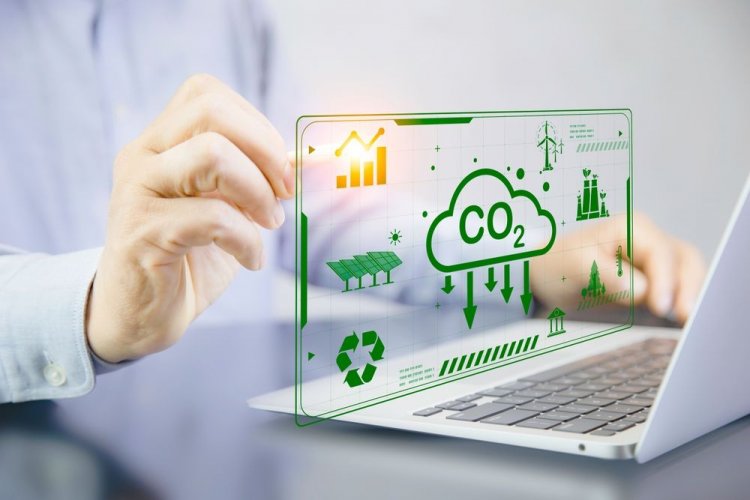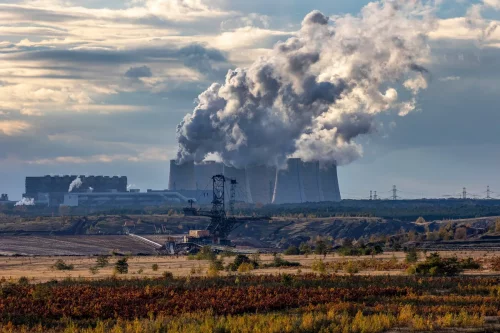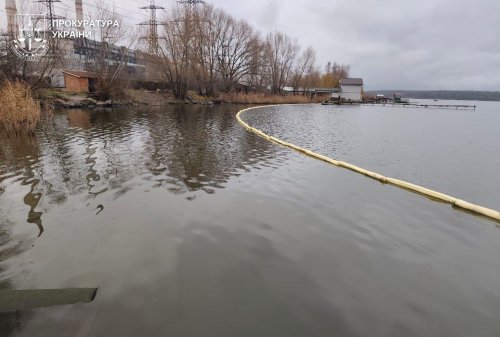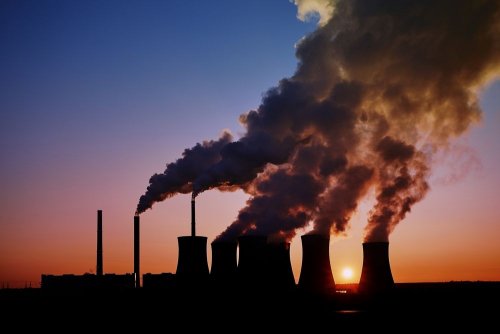Ukraine's new nationally determined contribution to the Paris Agreement (NDC2) is too ambitious for a country at war, and the results of the modeling and forecasting conducted to establish it are not viable.
These opinions were expressed by participants in a sectoral discussion on the preparation of Ukraine's NDC2 for the energy and industry sectors, organized by the Ministry of Environmental Protection and Natural Resources of Ukraine, which was attended by journalists from EcoPolitics.
Modeling and forecasting for these and other sectors were carried out by employees of the Institute of Economics and Forecasting of the National Academy of Sciences of Ukraine. They analyzed two scenarios: WEM (With Existing Measures) and WAM (With Additional Measures).
After the scientists presented the modeling results for each sector, the stakeholders in attendance had the opportunity to express their opinions and ask questions. Here are the critical gaps in determining the future of NRE2 that they brought to the attention of those present:
1. No planned investments in balancing capacities.
Andriy Ostapets, Head of Sustainable Development at DTEK, first asked to involve business and stressed that industrialists are ready to participate in modeling, help improve both NRE2 and the National Energy and Climate Plan (NECP) to make them balanced.
He said that we could shut down coal-fired power generation tomorrow, hypothetically. But the question is what would happen next. The expert noted that according to the WAM scenario, all coal-fired power plants are expected to be shut down by 2030 due to the high price of emissions.
“If we do so, we will be the first in Europe to ‘sacrifice’ the energy sector for the sake of decarbonization. At the same time, Germany is restoring the operation of coal-fired units because there is no gas,” he said.
According to Ostapets, Ukraine is currently transitioning to distributed generation—gas turbine (gas piston) power plants. But the question arises: where to get gas for their operation, and if there is none, what to replace it with. The expert believes that solar and wind energy are very good technologies, but he recalled the experience of Spain, where a blackout occurred because these green technologies could not be balanced.
The head of sustainable development at DTEK noted that the structure of planned investments currently lacks investments in balancing green technologies – wind (WPP) and solar power plants (SPP). In his opinion, in this scenario, it is worth investing in balancing technologies.
“Since during peaks and semi-peaks, when coal generation is used, Ukraine needs 4.6 GW of balancing capacity in the current scenario,” the expert said. He also ironically added that balancing can still be done by disconnecting consumers, as has been done before.
The expert emphasized that Ukraine already has everything that the EU plans to achieve in 2030, but not through equipment modernization, but through deindustrialization and destruction caused by shelling.
He asked why the Ministry of Environment is seeking to set a more ambitious goal and stated that there is currently no answer to this question.
“So what is the goal? What do we want to achieve? To be the first in Europe in decarbonization or just to get out of the current energy and military crises, at least to pre-war levels?” Ostapets asked.
He stressed that there must be motivation and understanding for why Ukraine is setting such ambitious goals for itself.
According to the expert, the results of the modeling and forecasting are currently not viable.
“From my analytical experience, this model will not work in the scenario you have presented,” the expert believes.
The expert also noted that he and other participants in the sectoral discussion had questions about the inclusion of the National Emission Reduction Plan (NERP) in the modeling, as this was not mentioned in the report. One of the authors of the modeling, Oleksandr Dyachuk, replied that the NERP was not taken into account in the WEM scenario, but was taken into account in the WAM scenario.
2. Lack of a resource base and a corresponding market in Ukraine for the transition to biofuel instead of coal generation.
According to Andriy Ostapets, biofuel is currently three times more expensive than coal production. He reminded that this price will be borne by the end consumer.
According to the expert, it is necessary to look at the economic model itself, since the transition to biofuel requires time and investment to develop the market and introduce new technologies. According to the expert, Poland is currently buying Ukrainian biofuel, which is in short supply in the country itself. Similarly, the United Kingdom imports this type of energy from various parts of the world.
3. A large number of assumptions related to the uncertainty caused by the war.
Pavlo Zhyla, head of the Committee on Ecology and Green Economy of the Federation of Employers of Ukraine (FEU), noted that “forced decarbonization” is currently taking place, mainly due to the loss of territories, production and generating capacities, and the shutdown of large industrial facilities.
“I understand that the actual figures we are talking about now have already been achieved. Another question is what will happen next. The whole country is currently in such an uncertain state that no one understands when the war will end,” he said.
The industrialist believes that it is too early for Ukraine to set ambitious goals. The FRU proposes adding 0.1% to the existing target and revisiting it some time after the end of the war, when there is greater certainty, particularly regarding sources of funding for decarbonization. The committee chair recalled that the issue of investing hundreds of millions of dollars in the decarbonization of Ukrainian industry remains unresolved.
Olga Kulik, director of the FRU's Department of Ecology, Energy, and Green Economy, spoke about recent cases of inspections at production facilities that have shut down businesses, and emphasized that businesses do not deny the need to modernize production. However, the main task for entrepreneurs at the moment is to preserve at least their workforces.
It should be recalled that businesses recently called on the government to set a more realistic climate target of a 65% reduction in emissions in NDC2.





